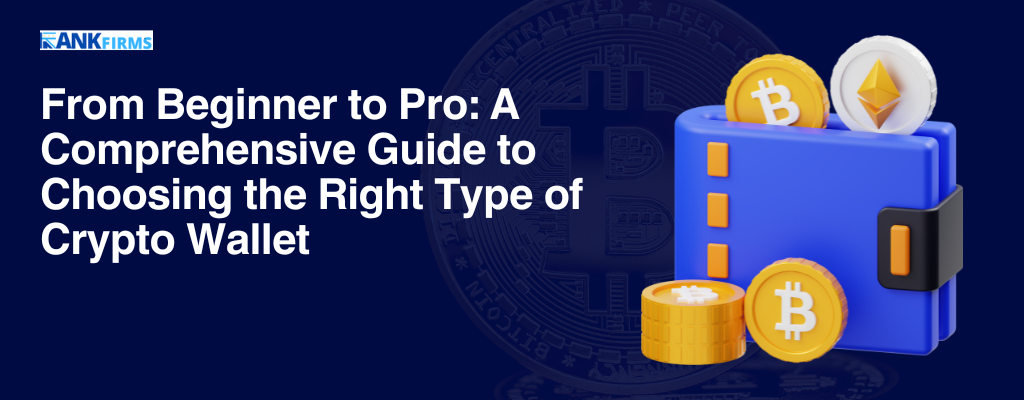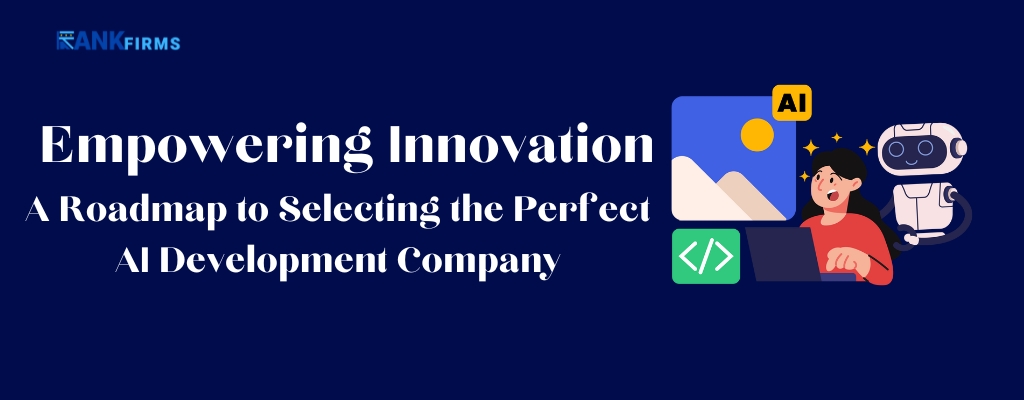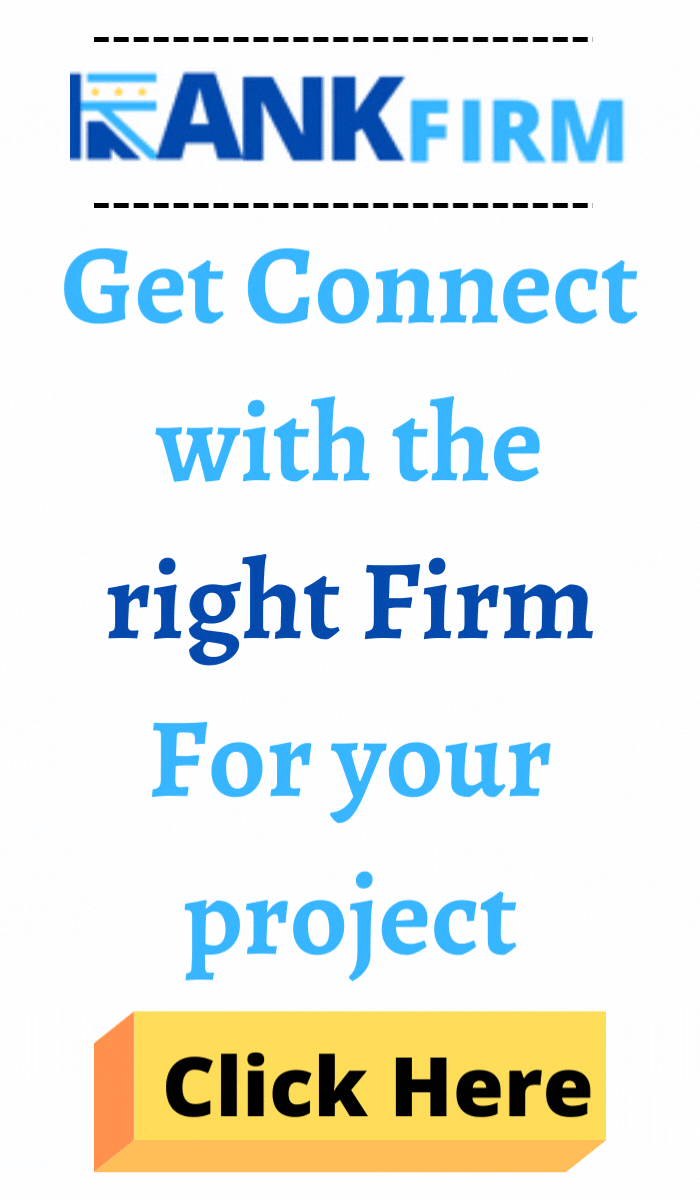The Internet of Things (IoT) market is experiencing tremendous growth, driven by the increasing adoption of connected devices, sensors, and analytics across various industries. The global IoT market was valued at USD 330.3 billion in 2021 and is expected to reach USD 1,114.4 billion by 2028, at a Compound Annual Growth Rate (CAGR) of 17.2%. The rise in mobile internet penetration, cloud computing advancements, and the growing demand for automation and data-driven decision-making are key factors propelling the IoT market forward.
If you see separately the hardware and the software segments of IoT, the hardware segment currently holds the largest market share. However, the software and services segments are expected to grow exponentially due to the increasing focus on data analysis and integration. The Asia Pacific region is expected to dominate the IoT market due to government initiatives, industrial automation adaptation, and a large consumer base. North America and Europe are also significant markets with established infrastructure and high adoption rates in various industries.
Emerging technologies like artificial intelligence (AI), machine learning (ML), and blockchain are playing a crucial role in shaping the future of IoT. AI and ML enable advanced data analytics and automation capabilities, while blockchain enhances the security and trust in IoT deployments.
Where the Internet of Things Makes a Difference?

The Internet of Things (IoT) is no longer science fiction. It’s a rapidly growing network of interconnected devices – from wearables and appliances to industrial sensors and city infrastructure – collecting and sharing data.
This constant flow of information, surely transforms how we live, work, and interact with the world around us. But where exactly are these transformations happening? Let’s delve into some of the most impactful use cases of IoT technology across various sectors and used by various mobile app development companies:
1. Smart Cities:
Imagine a city that anticipates your needs. Traffic lights adjust based on real-time congestion, waste bins signal when they need emptying, and environmental sensors monitor air quality. This is the vision of smart cities, powered by IoT. Here’s how it works:
Traffic Management:
Traffic sensors gather data on congestion, allowing for dynamic adjustments to traffic lights and routing optimisation for emergency vehicles.
Waste Management:
Smart bins with fill-level sensors send alerts for collection, optimising waste management routes and reducing unnecessary truck trips.
Environmental Monitoring:
Air quality sensors track pollution levels, enabling targeted interventions and promoting a healthier environment.
Smart Parking:
Sensors indicate available parking spots, guiding drivers and reducing time spent searching for parking.
Public Lighting:
Smart streetlights automatically adjust brightness based on real-time conditions, saving energy and enhancing safety.
2. Connected Homes:
Our homes are becoming smarter, offering convenience, security, and improved energy efficiency. Here are some ways IoT is transforming our living spaces:
Smart Appliances:
Connected appliances like refrigerators and thermostats can be controlled remotely, learn our habits, and optimise energy usage.
Smart Security Systems:
Door and window sensors, coupled with motion detectors and smart locks, provide real-time monitoring and remote control for enhanced security.
Connected Thermostats:
Smart thermostats learn our temperature preferences and adjust automatically, creating a comfortable living environment while saving energy costs.
Leak Detection Sensors:
These sensors detect water leaks in washing machines or pipes, preventing potential damage and saving money on repairs.
Smart Lighting:
Voice-controlled or app-controlled lighting allows for customisation and energy-saving features.
3. Industrial IoT (IIoT):
Factories and industrial plants have adopted IoT to improve efficiency, reduce downtime, and gain valuable insights from their operations. Here’s a glimpse into the industrial revolution driven by IoT:
Predictive Maintenance:
Sensors monitor equipment health, allowing preventive maintenance and avoiding costly breakdowns.
Asset Tracking:
Real-time tracking of tools, inventory, and vehicles optimises logistics and resource management.
Remote Monitoring:
Production lines and critical infrastructure can be monitored remotely, improving safety and allowing for faster response times to issues.
Quality Control:
Sensors integrated into production processes ensure consistent quality and enable real-time adjustments.
Supply Chain Optimization:
IoT-enabled tracking of goods throughout the supply chain improves transparency, reduces delays, and optimises inventory management.
4. Wearables and Healthcare:
Wearable devices are not just fitness trackers anymore. They’re becoming sophisticated tools for health monitoring and chronic disease management. Software development companies leverage this technology to help people stay updated with their health.
Fitness Trackers:
These devices monitor steps taken, calories burned, and sleep patterns, motivating users to adopt healthier lifestyles.
Smartwatches:
Beyond timekeeping, smartwatches can monitor heart rate, blood pressure, and oxygen levels, providing valuable health insights.
Remote Patient Monitoring:
Wearables can track the vital signs of patients with chronic conditions, allowing doctors to monitor their health remotely.
Medication Adherence Devices:
Smart pillboxes and dispensers remind users to take their medications and track adherence, improving treatment outcomes.
5. Retail and Customer Experience:
The retail industry is using IoT to personalise the shopping experience and optimise inventory management:
Smart Shelves:
Sensors track inventory levels and automatically trigger reordering when stocks run low, reducing stockouts.
Personalised Recommendations:
Location-based services and connected displays offer targeted promotions and product recommendations based on customer preferences.
Smart Signage:
Digital signage can display dynamic pricing, product information, and promotional offers.
Asset Tracking:
Retailers can track the location of shopping carts and high-value items within the store, preventing theft and improving loss prevention.
Customer Behavior Analytics:
Sensors can anonymously track customer movement patterns, helping retailers optimise store layout and product placement.
Also Read: 10 Factors to choose the best mobile app development company
Building the Networked World: Popular IoT Application Development Platforms

The Internet of Things (IoT) landscape is brimming with various platforms that empower businesses to develop and manage their connected device applications. Choosing the right platform is crucial for a successful IoT project. Here’s a breakdown of some of the most popular options:
1. Cloud-Based Platforms:
Amazon Web Services (AWS) IoT:
A comprehensive suite of services for device connectivity, data management, analytics, and security. Offers scalability, robust security features, and integration with other AWS services.
Microsoft Azure IoT:
Provides device management, data ingestion, analytics, and visualisation tools. Integrates seamlessly with other Microsoft Azure services and offers strong security features.
Google Cloud IoT Core:
A secure and scalable platform for managing and connecting IoT devices. Offers device provisioning, data management, and integration with other Google Cloud services like machine learning and analytics.
2. Open-Source Platforms:
Eclipse Kura:
A lightweight and flexible platform for resource-constrained devices. Popular in industrial applications due to its low footprint and modular design.
ThingsBoard:
An open-source platform offering device management, data visualisation, and rule engine capabilities. Suitable for various applications and customisable to specific needs.
Kaa:
A scalable platform supporting a wide range of devices and protocols. Offers device management, data collection, analytics, and rule engine functionalities.
3. Other Notable Platforms:
Cisco IoT Cloud Connect:
Provides device connectivity, management, and data visualisation tools specifically designed for Cisco devices and infrastructure.
IBM Watson IoT Platform:
Integrates with IBM’s cognitive computing capabilities (Watson) for advanced analytics and insights from device data.
Software AG Cumulocity:
A comprehensive platform offering device management, data management, analytics, and application enablement tools.
Step-by-Step IoT App Development Process to Get Started
Creating a successful IoT app requires a systematic approach to ensure seamless integration, functionality, and scalability. Below is a step-by-step guide to help you understand the process:
1. Define the Objective
Begin by identifying the problem your IoT app will solve. Whether optimising processes, enhancing user experience, or enabling remote control, a clear objective lays the foundation for the app’s features and scope.
2. Understand the Target Audience
Research who will use your IoT solution. Understanding user needs, behaviors, and pain points ensures the app aligns with user expectations and delivers value.
3. Choose the Right IoT Hardware
Selecting compatible hardware devices, such as sensors, actuators, or smart gadgets, is crucial. These devices should integrate seamlessly with the app and support real-time data exchange.
4. Select a Development Platform
Choose a platform that aligns with your app’s goals. Popular IoT platforms like AWS IoT, Google Cloud IoT, or Microsoft Azure IoT Hub provide robust infrastructures for device management, data storage, and analytics.
5. Plan the Architecture
Define the app’s architecture, including:
- Device Layer: Sensors and devices capturing data.
- Network Layer: Communication protocols like Wi-Fi, Bluetooth, or MQTT.
- Cloud Layer: Storage, data processing, and analytics.
- Application Layer: The user interface and experience (UI/UX).
6. Develop the Backend Infrastructure
Create a secure and scalable backend to manage data processing, communication, and integrations. Use APIs to connect devices, cloud systems, and databases effectively.
7. Focus on Frontend Development
Design an intuitive user interface that allows users to interact with the IoT system effortlessly. Prioritize usability and responsive design for different devices.
8. Ensure Security and Compliance
Implement robust security measures to protect data and prevent breaches. Adhere to industry standards like GDPR, HIPAA, or ISO 27001 to meet compliance requirements.
9. Test and Validate the App
Conduct thorough testing, including:
- Functional Testing: Ensuring all features work as intended.
- Connectivity Testing: Verifying device communication and data transfer.
- Performance Testing: Evaluating scalability and response times.
- Security Testing: Checking for vulnerabilities.
10. Launch and Monitor
Deploy the app on the chosen platform and continuously monitor its performance. Use analytics to gather insights, optimize features, and address potential issues.
11. Iterate and Improve
Based on user feedback and technological advancements, update the app regularly to stay relevant and competitive in the market.
Also Read: 25+ Scalable IoT App Ideas For Enterprenuers
By following these steps, you can streamline the development process and create an IoT app that delivers a seamless and efficient experience for users while addressing their specific needs.
Cost Estimation Ranges
Due to the varying nature of projects, development costs for IoT applications can vary. However, there’s a general range to give you a starting point:
1. Simple IoT App:
$10,000 – $50,000
2. Medium Complexity App:
$50,000 – $250,000
3. Complex App with Advanced Features:
$250,000 – $1,000,000 or more (especially for real-time data streaming and analytics)
Factors Influencing Cost

1. App Complexity:
Features & Functionality:
The richness and complexity of features directly affect development efforts. A simple app with basic functionalities will cost less than an app with intricate features and functionalities.
User Interface (UI) & User Experience (UX) Design:
A polished and user-friendly interface requires skilled designers and UI/UX experts. The level of customisation desired significantly impacts the design effort and cost.
2. Project Type:
Developing from Scratch:
Building a new IoT application from the ground up involves the full development lifecycle, leading to the most extensive development effort and resources.
Modifying an Existing App:
Modifying an existing IoT application typically requires less work compared to developing from scratch, but the complexity of the modifications can influence the cost.
Also Read: Steering Clear of Mobile App Development Failures: Avoiding Common Pitfalls
Project Size:
The overall size of your project, measured by features, functionalities, and development time, directly correlates to cost. Larger projects necessitate more development hours and potentially require a larger team.
Hardware Integration:
The complexity of integrating your app with sensors, devices, and other hardware components can impact development time and cost.
Cloud Platform & Services:
The chosen cloud platform (AWS, Azure, etc.) and the specific services utilized (data storage, analytics) can incur platform-specific fees.
Team Size & Location:
The size and location of your development team significantly affect the overall cost. Hiring a larger team with diverse skill sets allows for faster development but naturally incurs higher expenses. Developer rates also vary depending on location and experience level.
Security Considerations:
In the world of IoT, security is paramount. Protecting user data, device communication, and the overall system from cyber threats is essential. Here’s how security impacts cost:
Encryption:
Implementing strong encryption protocols to safeguard data transmission and storage adds complexity to development, potentially increasing costs.
Authentication and Authorization:
Building robust user authentication and authorization mechanisms to control access to data and functionalities requires additional development effort.
Device Security:
Securing the communication between the app and connected devices might involve specific protocols and security features, impacting development time and cost.
Data Storage and Management:
The volume and nature of data generated by your IoT application play a role in cost determination:
Data Storage Needs:
The amount of data collected by sensors and devices will determine the storage capacity required. Cloud storage solutions typically have pay-as-you-go models, impacting costs.
Data Management Tools:
Choosing appropriate tools for data processing, cleansing, and analysis can influence development efforts and potentially require additional software licenses.
Regulations and Compliance:
Depending on the industry and the type of data your application collects, adhering to specific regulations can add complexity:
Industry-Specific Regulations:
Regulations like HIPAA (healthcare) or GDPR (data privacy) might necessitate additional security measures and data handling protocols, leading to increased development costs.
Compliance Audits:
Maintaining compliance with regulations often involves regular audits, which can require additional resources and potentially incur costs.
Maintenance and Support:
The work doesn’t stop after the app launch. Ongoing maintenance is crucial:
Bug Fixes and Updates:
Addressing bugs, security vulnerabilities, and releasing new features requires ongoing development effort, impacting costs.
Technical Support:
Providing technical support to users might necessitate additional resources and potentially require setting up a dedicated support team.
3. Tips for Cost Optimization:
Prioritise Features:
Focus on developing the core functionalities essential for your Minimum Viable Product (MVP) first. This allows for a quicker launch and potential user feedback for future iterations, potentially saving development costs.
Agile Development:
Embrace agile methodologies that promote iterative development cycles. This allows for course correction and adjustments to the project scope as needed, minimising wasted development effort.
Open-Source Technologies:
Utilize open-source libraries and frameworks for specific functionalities when possible. However, ensure proper evaluation of licensing terms and ongoing maintenance requirements.
Outsource Strategically:
Consider outsourcing specific development tasks or hiring freelance developers for areas requiring specialised expertise.
How IoT Apps Can Generate Revenue
IoT applications offer immense potential for generating revenue by enabling new business models, improving efficiency, and delivering enhanced value to customers. Here are some key ways IoT apps can drive revenue:
1. Subscription-Based Models
- How It Works: Charge users a recurring fee for access to premium features or services, such as advanced analytics, cloud storage, or additional device compatibility.
- Smart home apps like Nest charge monthly fees for extended features like video history or AI-enhanced alerts.
2. Pay-Per-Use or On-Demand Services
- How It Works: Offer users the ability to pay only when they use certain features or services. This model is popular in industries like manufacturing or transportation, where IoT devices monitor usage-based metrics.
- IoT-enabled vehicle tracking systems charge businesses based on the miles driven or hours of usage.
3. Data Monetization
- How It Works: IoT devices collect vast amounts of data, which can be anonymized and sold to third parties for analytics, market research, or product development.
- Fitness tracking apps gather user health and activity data that can be sold to insurance companies or healthcare providers.
4. IoT Ecosystem Integration
- How It Works: Develop an ecosystem where users purchase compatible hardware and software from your platform. Revenue is generated from selling devices, apps, or accessories.
- Philips Hue generates revenue from its smart bulbs and the app that controls them, creating an ecosystem for smart lighting.
5. Advertising and Sponsorships
- How It Works: Integrate targeted advertisements or sponsored content within the IoT app. Tailored recommendations based on user behaviour can generate significant ad revenue.
- A smart refrigerator app could display ads for grocery delivery services or suggest recipes featuring specific brands.
6. Enhanced Customer Experience and Retention
- How It Works: Use IoT apps to provide added value to your products, leading to higher customer satisfaction and loyalty. This can increase long-term revenue by reducing churn and driving repeat business.
- IoT-enabled car apps offer remote diagnostics, predictive maintenance alerts, and other value-added features that improve user satisfaction and retention.
Also Read: Unveiling User Habits: A Survey-Driven Look at App Usage Statistics in 2024
7. Efficiency Savings Passed as Costs
- How It Works: IoT apps can help businesses reduce operational costs through automation and predictive analytics, which can then be offered to customers as a service.
- IoT in agriculture uses smart sensors to optimize irrigation, and farmers pay for the app or analytics as a service.
8. Freemium Models
- How It Works: Offer a basic version of the app for free while charging for premium features like real-time analytics, AI predictions, or extended device compatibility.
- Many IoT fitness tracking apps provide basic tracking for free but charge for features like personalized coaching or in-depth health reports.
9. Partnerships and Cross-Selling Opportunities
- How It Works: Partner with other businesses to cross-sell their products or services through your IoT platform. This can include integrations with third-party apps or direct sales.
- A smart thermostat app partners with energy providers to offer energy-saving plans, earning a commission for each referral.
10. Usage Insights and Predictive Maintenance
- How It Works: Offer predictive maintenance services by monitoring devices through IoT apps. Businesses can charge for alerts and analytics that prevent costly downtime.
- Industrial IoT solutions charge manufacturers for predictive maintenance insights, ensuring machines run efficiently.
In Conclusion-
By considering these additional factors alongside the previously mentioned ones, you gain a more holistic view of the potential cost drivers in IoT application development. This empowers you to make informed decisions when planning and budgeting for your project. Remember, cost estimation is an iterative process. As your project progresses and requirements become clearer, you can refine your cost estimates to ensure your IoT application development journey stays on track financially.







